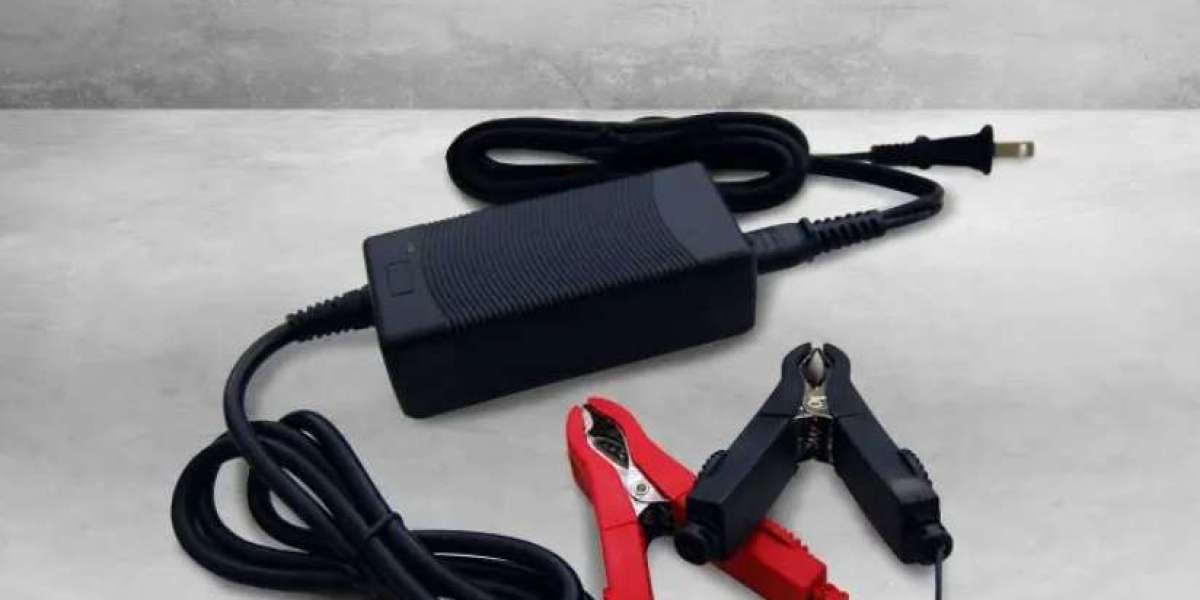In the realm of power storage and energy solutions, the 12V lithium battery has emerged as a game-changer. With a remarkable eleven-year manufacturer defect warranty, these batteries offer a level of reliability and longevity that traditional batteries can't match. Dakota Lithium's 12V lithium batteries are setting new standards in the industry with their compact size, lightweight design, and impressive 10-ampere-hour capacity. But the real question that arises is whether it's necessary to run these batteries down before charging. In this article, we'll delve into the specifics of 12V lithium batteries, their unique characteristics, and the best practices for ensuring their optimal performance.
Understanding the Basics of 12V Lithium Batteries
Dakota Lithium's 12V batteries are designed to be a superior alternative to traditional sealed lead-acid (SLA) batteries. Let's break down some of the key features that make them stand out:
- Size: These batteries are compact, measuring 5.94" x 2.55" x 3.78" (151x65x96mm), making them easy to install in a variety of applications, from RVs to motorcycles.
- Weight: Weighing just 2 lbs, 12.32 oz (1.25 kg), these batteries are 60% lighter than SLA batteries, which is a significant advantage, especially in applications where weight matters.
- Capacity: Dakota Lithium batteries provide a steady power output as they discharge, thanks to their flat voltage curve. This means you get consistent power throughout the battery's life, with no dramatic drops in performance.
- Lifecycles (Battery Lifespan): These batteries can maintain up to 80% capacity for an impressive 2,000 cycles in recommended conditions. In contrast, the typical SLA battery only offers around 500 cycles. This longevity results in a significantly lower price per use.
- Operating Temperature: Dakota Lithium batteries are ideal for rugged and harsh environments, with an operating range from -20°F to +120°F, ensuring reliable performance even in extreme conditions. However, it's crucial to avoid charging below 32°F.
Discharge Characteristics
One of the most compelling aspects of these 12V lithium batteries is their discharge capabilities. They can handle a maximum continuous discharge of 20A and a maximum 300 mS pulse of 50A. This means they're suitable for various high-power applications, including powering motorcycles and RVs.
To maximize the battery's lifespan, it's recommended to discharge between 9.0V and 11.0V. This voltage range ensures the battery's longevity while providing a constant, steady power output. The flat discharge voltage curve of Dakota Lithium batteries gives them a 75% larger capacity compared to a 10Ah SLA battery of similar size.
Charging lithium batteries
Now, let's address the crucial question of whether 12V lithium batteries should be run down before charging. Dakota Lithium batteries are designed to be charged at a maximum current of 10A, with a recommended voltage of 14.4V and a maximum of 15V. The key here is using a LiFePO4-compatible charger. While a SLA charger may work, it will not provide the same level of performance and may reduce the battery's lifespan. It's essential to use the right charger to ensure the best results.
Built-in Battery Management System (BMS)
Dakota Lithium batteries come equipped with an active Battery Management System (BMS). This system handles various functions, including cell balancing, low voltage cutoff, high voltage cutoff, short circuit protection, and high-temperature protection. These features contribute to increased battery performance and a longer lifespan. The BMS ensures the safety and reliability of the battery, making it suitable for various applications.
Certifications and quality standards
Dakota Lithium is committed to quality and safety. All their batteries are UN38 certified, and the cells are UL1642 certified, having been tested according to IEC62133 standards. These certifications guarantee compliance with US and international regulations for air, ground, and train transport. Additionally, Dakota Lithium is ISO-certified per 9001:2015 standards, and select models are produced in ISO 14001-certified facilities, further reflecting their commitment to quality and environmental responsibility.
Charger Compatibility
To reiterate, it's essential to use a LiFePO4-compatible charger for Dakota Lithium 12V batteries. These batteries should be charged at 14.4 volts, which is higher than what's suitable for AGM or lead-acid batteries. While lead-acid chargers may work, they will only charge the battery to 80% of its capacity, which isn't ideal if you want to maximize the benefits of your lithium battery.
Conclusion
So, should 12V lithium batteries be run down before charging? In general, the answer is no. These batteries are designed to provide consistent power throughout their discharge cycle. To ensure their optimal performance and lifespan, it's crucial to use the right charger and avoid overdischarging. Dakota Lithium's 12V batteries are built to last, and by following the recommended charging practices, you can make the most of their exceptional capabilities.
Call to Action
If you're in the market for a reliable power solution, consider Dakota Lithium's 12V batteries and compatible chargers. By choosing these high-quality lithium batteries, you're investing in long-lasting power for your RV, motorcycle, or other applications.



